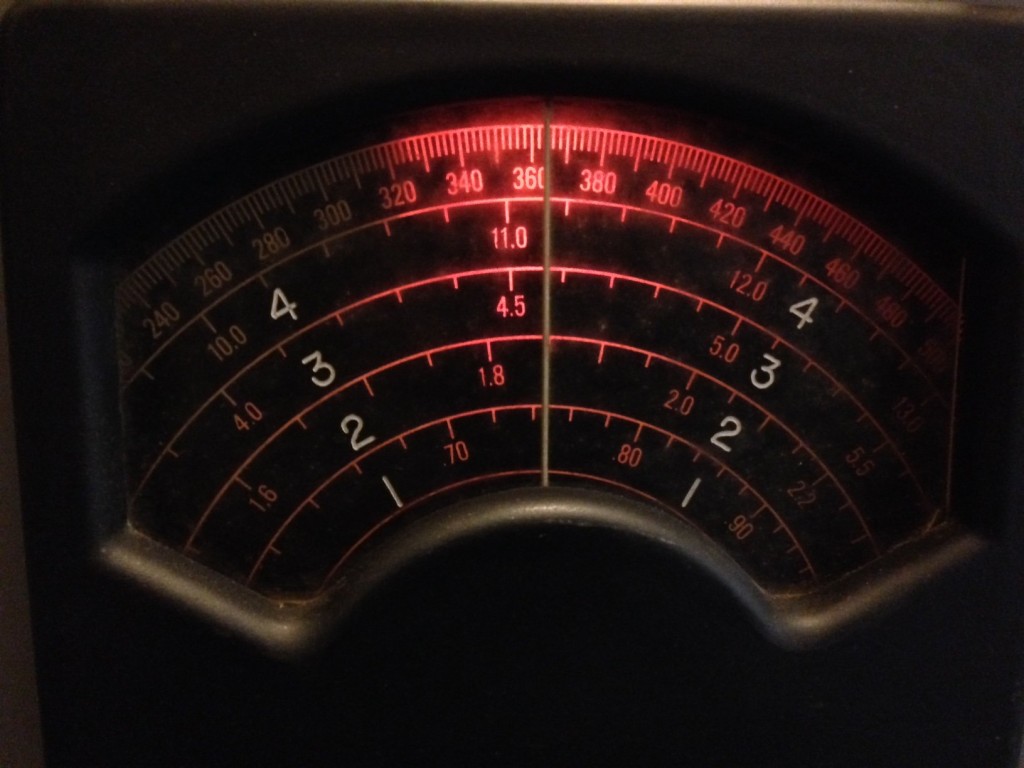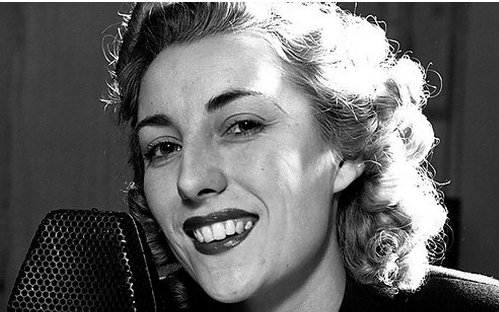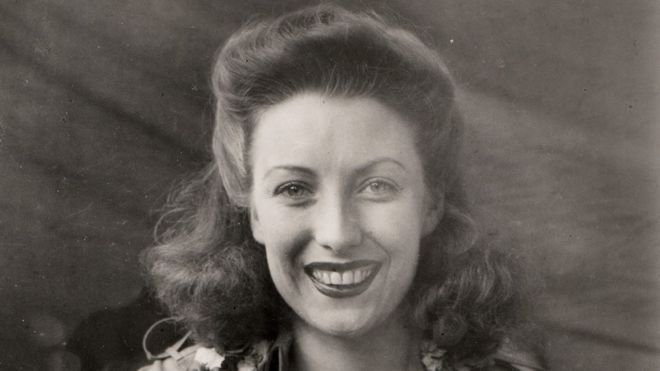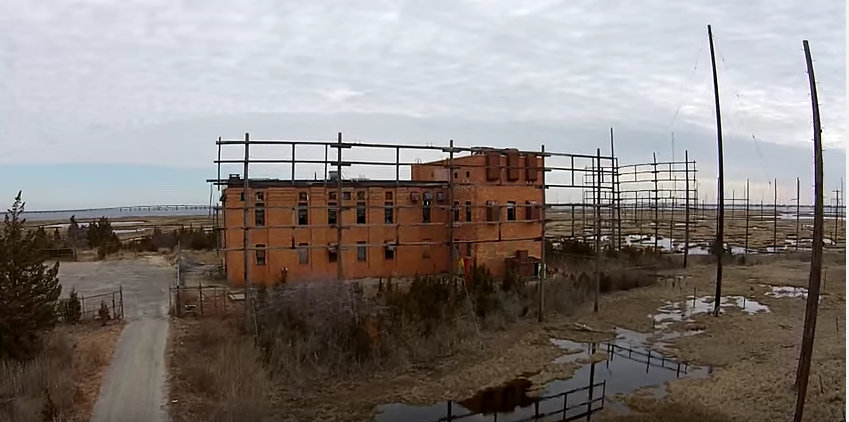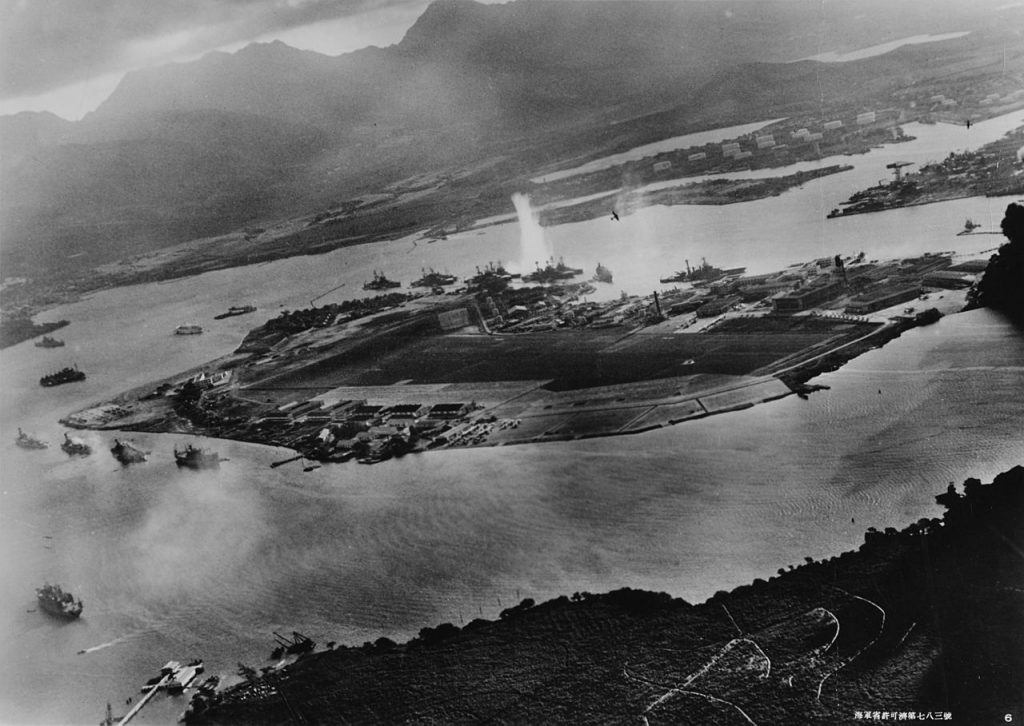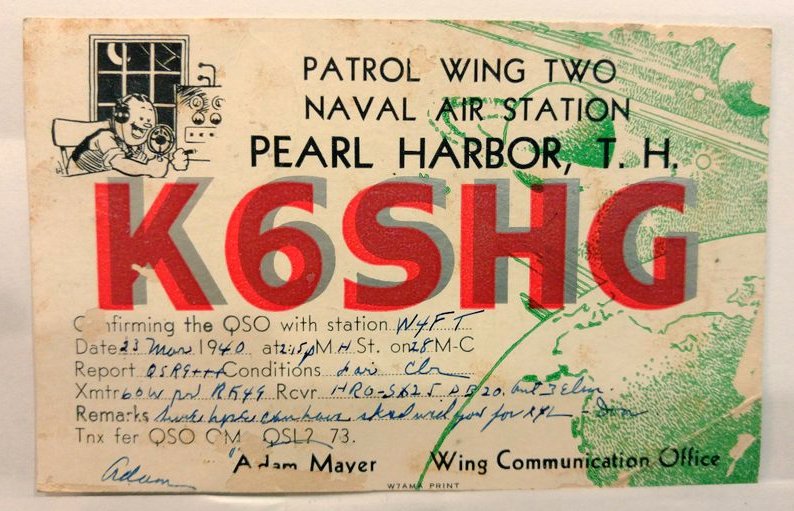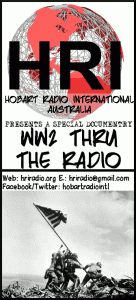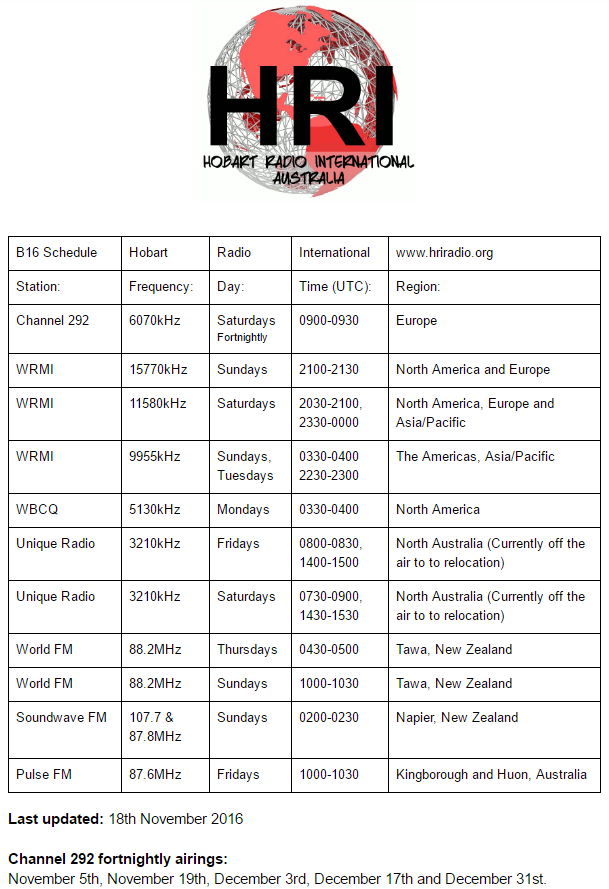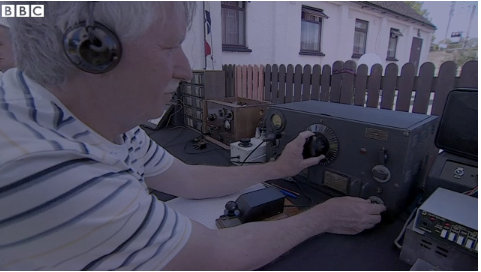Many thanks to SWLing Post contributor, Ian P, for sharing the following from the radio program, ABC Overnights:
The crucial role of Australian code breakers in World War 2
Thanks to the recent film, The Imitation Game, you may be familiar with the story of how British intelligence, led by mathematician Alan Turing, cracked Nazi codes during WW2. Did you know there were also two secret organisations in Australia working to break Japan’s military codes?
These were staffed with brilliant cryptographers, including some who had studied mathematics and the classics, and others who had lived or grown up in Japan. By patiently and carefully unravelling the codes in Japanese signals, their intelligence played a crucial role in the battles of Midway and the Coral Sea, as well as the push into the Philippines.
Trevor Chappell interviews Craig Collie, author of the book Code Breakers – Inside the Shadow world of Signals Intelligence in Australia’s two Bletchley Parks.
Duration: 36min 36sec
Broadcast: Mon 10 Apr 2017, 1:00am
Published: Mon 10 Apr 2017, 4:43pm
Listen to the full program/interview via the embedded player below:
Click here to download the MP3 or click here to listen on the ABC website.
I’ve also noted that you can pre-order Code Breakers – Inside the Shadow world of Signals Intelligence in Australia’s two Bletchley Parks at Amazon.com. There is no expected delivery time yet, however.
Code Breakers is available directly from the publisher in Australia–click here to view.

